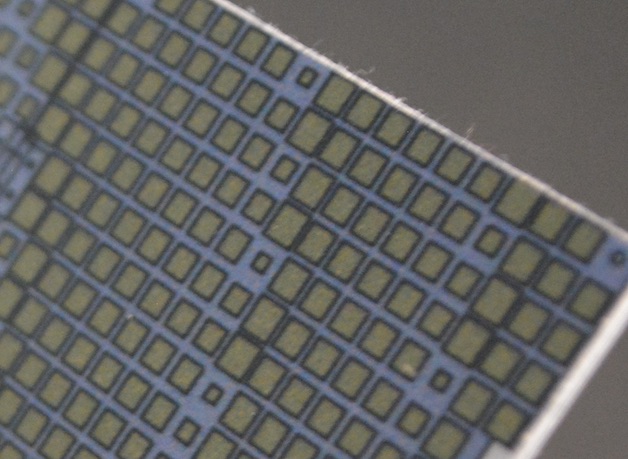I was looking at a few posts that uhoh had made about the MarCo cubesat. One of the pictures was the one that I've posted below:
The most I can gather from casual NASA articles is along the lines of:
The high-gain, X-band antenna is a flat panel engineered to direct radio waves the way a parabolic dish antenna does.
While the design visually looks as if it's a parabolic-style pattern, I would like a few more specifics on the following:
- What materials are in this "pseduo-parabolic" antenna (mostly asking about the gold squares).
- How do the sizes of the squares affect the power of the antenna, I'm sure they are not arbitrary.
- How does the overall design/pattern affect the power of the dish and why?
If you have a link to any papers about the antenna that would be awesome as well, thanks.
Alex provided a wikipedia link which led me to find:
On board the two CubeSats is an ultra-high frequency (UHF) antenna with circular polarization. EDL information from InSight was transmitted through the UHF band at 8 kbit/s to the CubeSats, and was simultaneously retransmitted at an X band frequency at 8 kbit/s to Earth. MarCO used a deployable solar panel for power, but because of the limitations in solar panel efficiency, the power for the X-band frequency can only be about 5 watts.
So it seems the shape of the design on the antenna was designed with circular polarization in mind; what that actually means in terms of antennas though, I do not know. The wikipedia article links to this IEEE article which I do not have access to read.








